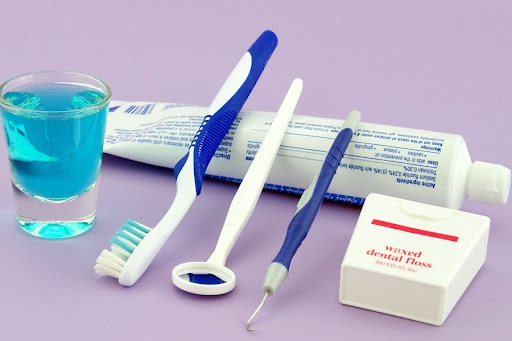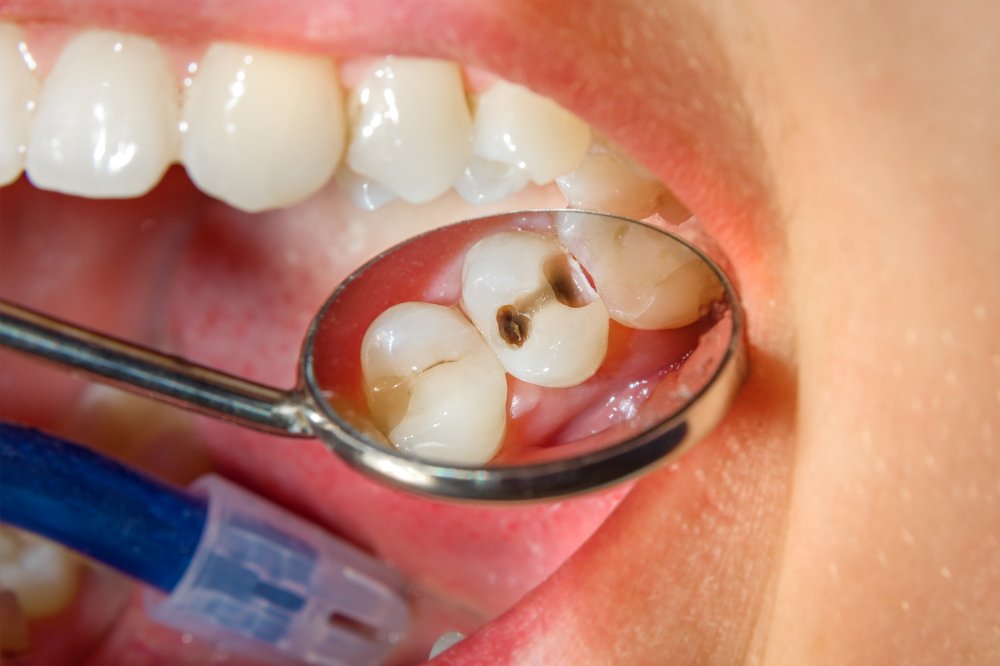When Rotten Teeth Become a Dental Emergency: Knowing When to Seek Help

Rotten teeth, caused by untreated tooth decay, can lead to significant oral health issues if not managed properly. In some cases, what starts as minor decay can escalate into a dental emergency that requires immediate attention. Understanding when rotten teeth become a dental emergency is essential for preventing severe complications and maintaining oral health. In this comprehensive guide, we will explore the signs that indicate a dental emergency related to rotten teeth and provide guidance on when and how to seek help.
1. Severe Toothache or Pain
Description:
A severe toothache or persistent pain can be a sign of advanced tooth decay or infection. If the pain is intense and doesn’t subside with over-the-counter pain relievers, it may indicate a more serious issue.
Key Points:
- Pain Severity: Pain that is sharp, throbbing, or constant can indicate a deep cavity or abscess.
- Pain Location: If the pain radiates to the jaw, ear, or head, it may suggest that the decay has progressed or caused an infection.
When to Seek Help:
Seek emergency dental care if the pain is unbearable, persistent, or accompanied by swelling or fever, as it may indicate an abscess or severe infection requiring immediate treatment.
2. Swelling or Abscess Formation
Description:
Swelling in the gum area or the formation of an abscess (a painful, pus-filled sac) around a rotten tooth can signal an infection or severe decay.
Key Points:
- Swelling: Swelling of the gums or face near the affected tooth can be a sign of an infection spreading.
- Abscess: An abscess typically presents as a swollen area filled with pus and can cause severe discomfort.
When to Seek Help:
If you notice swelling or an abscess, seek immediate dental care. These symptoms may require urgent treatment to address the infection and prevent further complications.
3. Tooth Sensitivity and Damage
Description:
Increased sensitivity to hot or cold temperatures and visible damage to the tooth can indicate that decay has reached a critical stage.
Key Points:
- Sensitivity: Severe sensitivity to temperature changes or certain foods may suggest that the decay has reached the nerve or pulp of the tooth.
- Damage: Cracks, chips, or fractures in the tooth can result from advanced decay and may require prompt attention.
When to Seek Help:
If you experience severe sensitivity or notice visible damage to a tooth, schedule an emergency dental appointment to evaluate the extent of the damage and receive appropriate treatment.
4. Loose or Lost Tooth
Description:
A tooth that becomes loose or falls out due to advanced decay or infection is a serious dental emergency that requires immediate attention.
Key Points:
- Loose Tooth: A tooth that feels loose or wobbles can be a sign of advanced gum disease or severe decay affecting the tooth’s stability.
- Lost Tooth: If a tooth has fallen out, it may indicate a critical level of decay or trauma.
When to Seek Help:
If you have a loose or lost tooth, contact your dentist immediately. Quick action can sometimes save the tooth or provide options for replacement, such as dental implants or bridges.
5. Difficulty Eating or Chewing
Description:
Difficulty eating or chewing can result from severe decay or damage to the teeth and may indicate that the tooth is compromised.
Key Points:
- Pain or Discomfort: If eating certain foods causes pain or discomfort, it may be a sign that the tooth is severely decayed or damaged.
- Chewing Problems: Difficulty chewing can affect your ability to eat properly and may indicate significant tooth or gum issues.
When to Seek Help:
If you experience persistent difficulty with eating or chewing, consult your dentist for an evaluation to address the underlying cause and prevent further complications.
6. Bad Breath or Unpleasant Taste
Description:
Chronic bad breath (halitosis) or an unpleasant taste in the mouth can be a sign of advanced decay or an underlying infection.
Key Points:
- Bad Breath: Persistent bad breath may result from decaying food particles, bacterial buildup, or an abscess.
- Unpleasant Taste: A foul taste in the mouth can indicate an infection or decay that needs attention.
When to Seek Help:
If you notice ongoing bad breath or an unpleasant taste, schedule a dental appointment to identify and address the source of the problem.
7. Impact on Overall Health
Description:
Infections or severe decay can impact overall health, potentially leading to systemic issues such as fever or malaise.
Key Points:
- Systemic Symptoms: Fever, fatigue, or general discomfort related to dental issues may indicate that the infection is spreading or affecting overall health.
- Complications: Untreated dental infections can lead to serious complications, including spread to other parts of the body.
When to Seek Help:
If you experience systemic symptoms along with dental issues, seek immediate medical or dental care to address both the infection and its impact on your overall health.
Conclusion
Understanding when rotten teeth become a dental emergency is crucial for preventing serious complications and maintaining optimal oral health. Recognizing the signs of severe tooth decay or infection—such as intense pain, swelling, abscess formation, and difficulty eating—can help you seek timely dental care and address issues before they escalate. If you experience any of these symptoms or suspect that your tooth decay has reached an advanced stage, contact your dentist immediately for evaluation and treatment. Prompt action can protect your oral health and ensure that you receive the care you need to restore and maintain a healthy smile.
Related to read:
Best Oral Hygiene Practices For Optimum Oral Health.
Bruxism: Teeth grinding causes treatment and prevention.
How to keep your gums healthy and disease-free?
References
To ensure the information provided is accurate and up-to-date, the following sources were referenced:
- American Dental Association. (n.d.). Plaque and Tartar. Retrieved from ADA website
- Mayo Clinic. (n.d.). Dental Plaque. Retrieved from Mayo Clinic website
- National Institute of Dental and Craniofacial Research. (n.d.). Periodontal (Gum) Disease. Retrieved from NIDCR website









